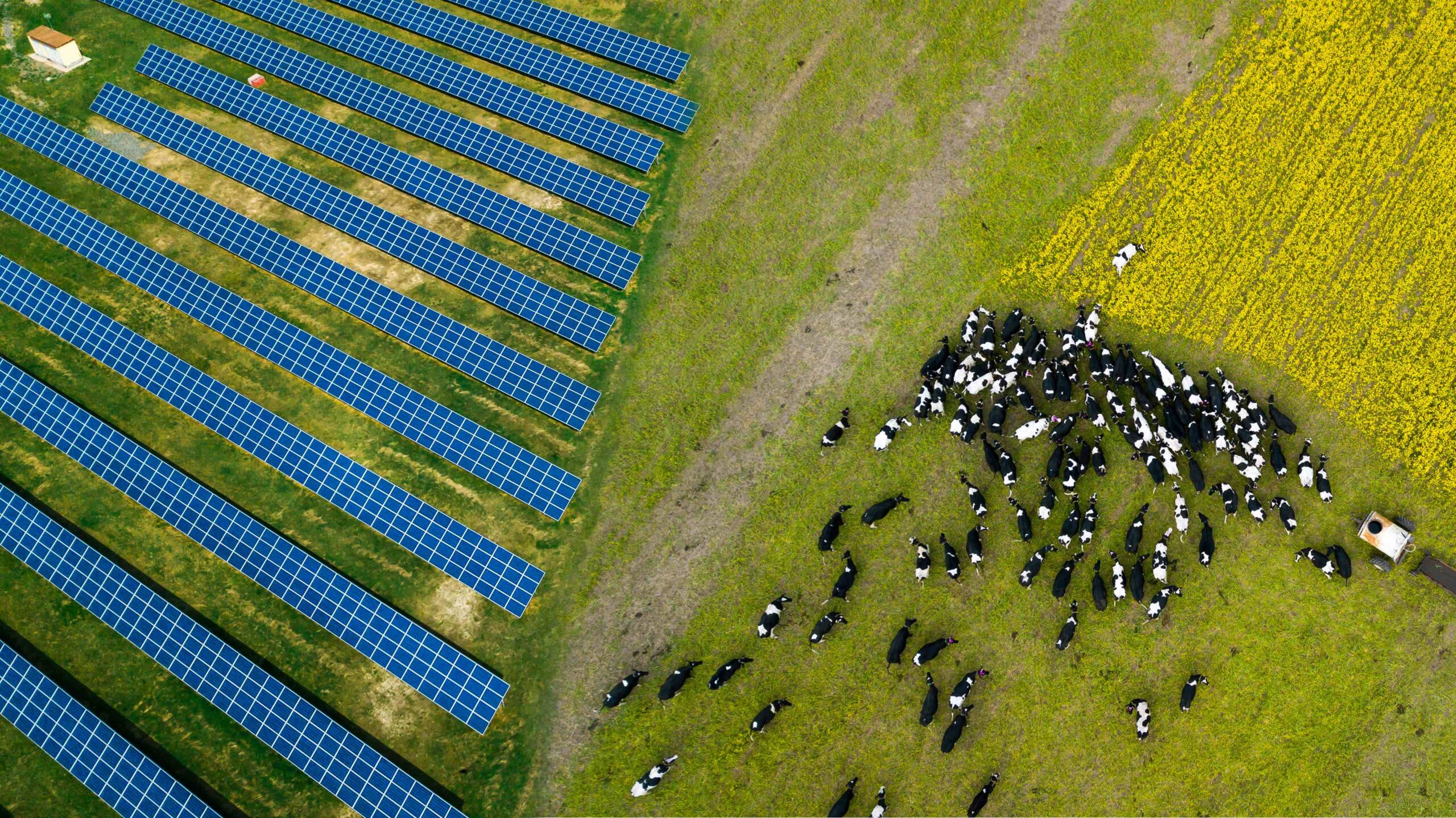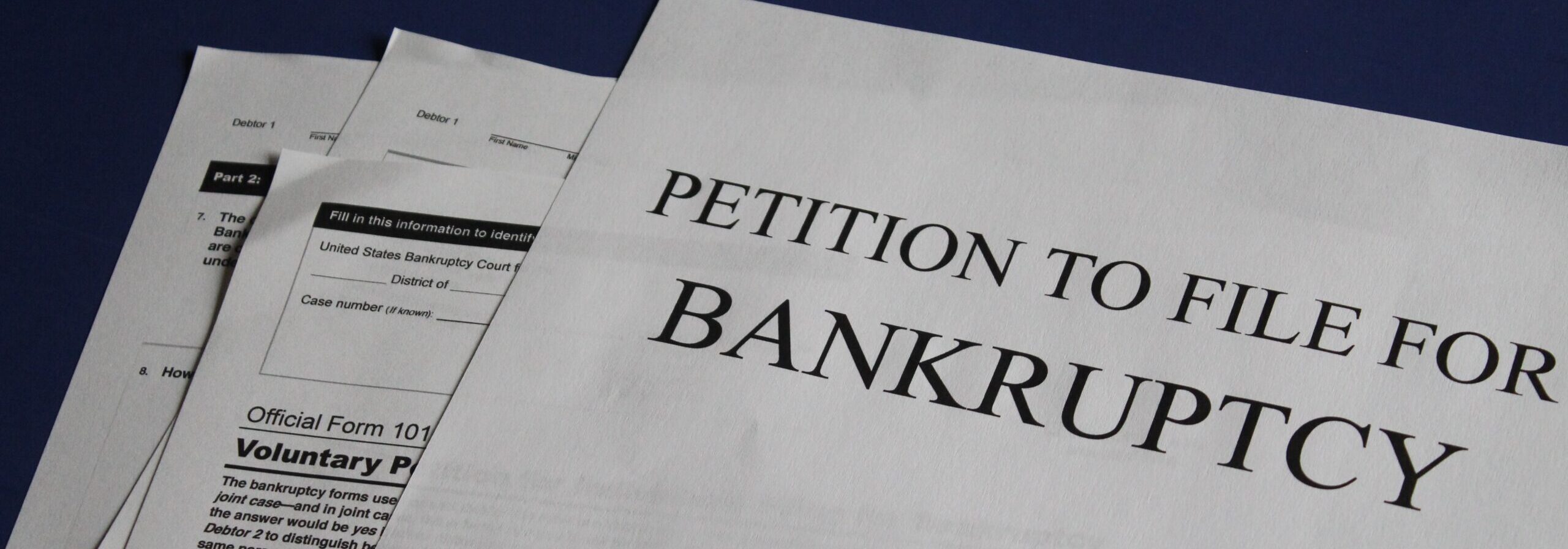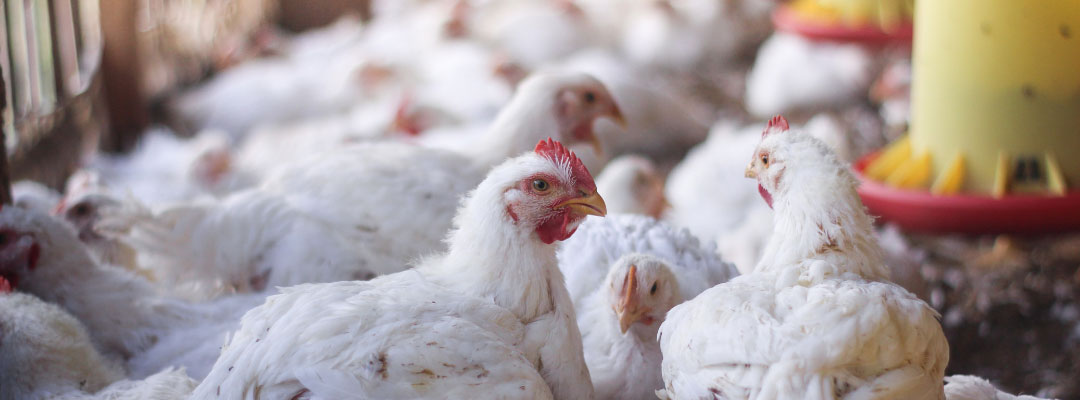Disclaimer: This article is provided for purely educational purposes, and the reader should check to see if state policy has changed since its posting.
The question often asked by landowners considering leasing a portion of their property for solar development is, what happens at the end of the lease? The answer to this question often depends on current state policy and the decommissioning clause negotiated in the lease. While this is a rapidly developing topic, we provide a current synopsis of both in the paragraphs that follow.
Based on a cursory review of state law – and as summarized in Table 1 – there is a considerable amount of variability across the South. For example, 6 states require some form of decommissioning plan, with 4 of those also requiring assurance that funds will be available to decommission the solar project at the end of its life. Another 3 states have legislative action pending and/or have developed a model ordinance for local government (e.g. Georgia). Finally, 4 states have no statewide decommissioning regulations.
With respect to decommissioning clauses negotiated into leases, lease terms often state that the facility will be removed and potentially include a bonding requirement. Landowners should often consider negotiating a decommissioning clause that considers current state policy plus how to restore the land in the future once the solar facility is removed.
When presented with a lease for a solar energy facility, landowners should have a clause that deals with decommissioning and cleanup of the site. Depending on the state, these clauses can either enhance the existing decommissioning policy or dictate how the cleanup process will occur. The typical lease should require the company to remove all its Solar Facility, including the panels, posts, and concrete pads, and typically remove wiring down to plow depth. Some leases may go beyond this clause and require the solar company to put up a bond to cover the necessary cleanup costs. Landowners often request a bond to assist with potential cleanup costs if the solar company defaults on the required cleanup of the facility. Many state policies related to solar decommissioning also require putting up bonds to cover necessary cleanup costs.
As a landowner presented with a solar lease, what should you consider as it relates to decommissioning a solar facility? First, take a moment to consider the location of the facility. What features exist on that piece of property that need to be restored? How do you want to see the site restored? Next, negotiate how the site should be restored to allow the land to return to productive agricultural use. Take photos to demonstrate the current conditions and to give future parties an understanding of what the site initially looked like. Taking the time to document the land’s condition and negotiate a decommissioning clause that considers state policies at the time will allow for the site to be decommissioned in a way that reduces potential conflicts in the future.
Table 1. Summary of State Decommissioning Regulations in the South
| State | Decommissioning Regulations | State Code/Legislative Citation | Date Enacted |
| Alabama | No state-wide decommissioning regulations | ||
| Arkansas | No state-wide decommissioning regulations | ||
| Florida | No state-wide decommissioning regulations | ||
| Georgia | A model ordinance was developed for local governments | ||
| Kentucky | Decommissioning plan required with financial assurance. | Ky. H.B. 4 – 2023 Reg. Sess. | 30-Mar-23 |
| Louisiana | Decommissioning plan required with financial assurance. | La. Rev. Stat. § 30:1154 | 2-Aug-22 |
| Maryland | Decommissioning plan required with financial assurance. | Md. Code Regs. 27.01.14.04 | 8-Mar-21 |
| Mississippi | No state-wide decommissioning regulations | ||
| North Carolina | Legislative action pending. | ||
| Oklahoma | Decommissioning plan required. | 60 Okla. Stat. § 820.1 | 13-Apr-11 |
| South Carolina | Legislative action pending. | ||
| Tennessee | Decommissioning plan required with financial assurance. | Tenn. Code § 66-9-207 | 1-Jun-22 |
| Texas | Decommissioning plan required with financial assurance. | Tex. Util. Code § 302.0004 | 1-Sep-21 |
| Virginia | A locality must require a lessee to have a decommissioning plan | Va. Code Ann. § 15.2-2241.2 | 21-Mar-19 |
Goeringer’s work is supported by the Agriculture and Food Research Initiative (AFRI) program, grant no. 2020-68006-31182/project accession no. 1022637, from the U.S. Department of Agriculture, National Institute of Food and Agriculture. Any opinions, findings, conclusions, or recommendations expressed in this publication are those of the author. They should not be construed to represent any official USDA or U.S. Government determination or policy.
Goeringer, Paul, and Bart L. Fischer. “Riding off into the Sunset: State Policies and Contract Provisions That Impact Decommissioning a Solar Facility.” Southern Ag Today 3(18.5). May 5, 2023. Permalink
Image Credit: A herd of cattle grazing near a solar panels by Dzmitry Palubiatka








